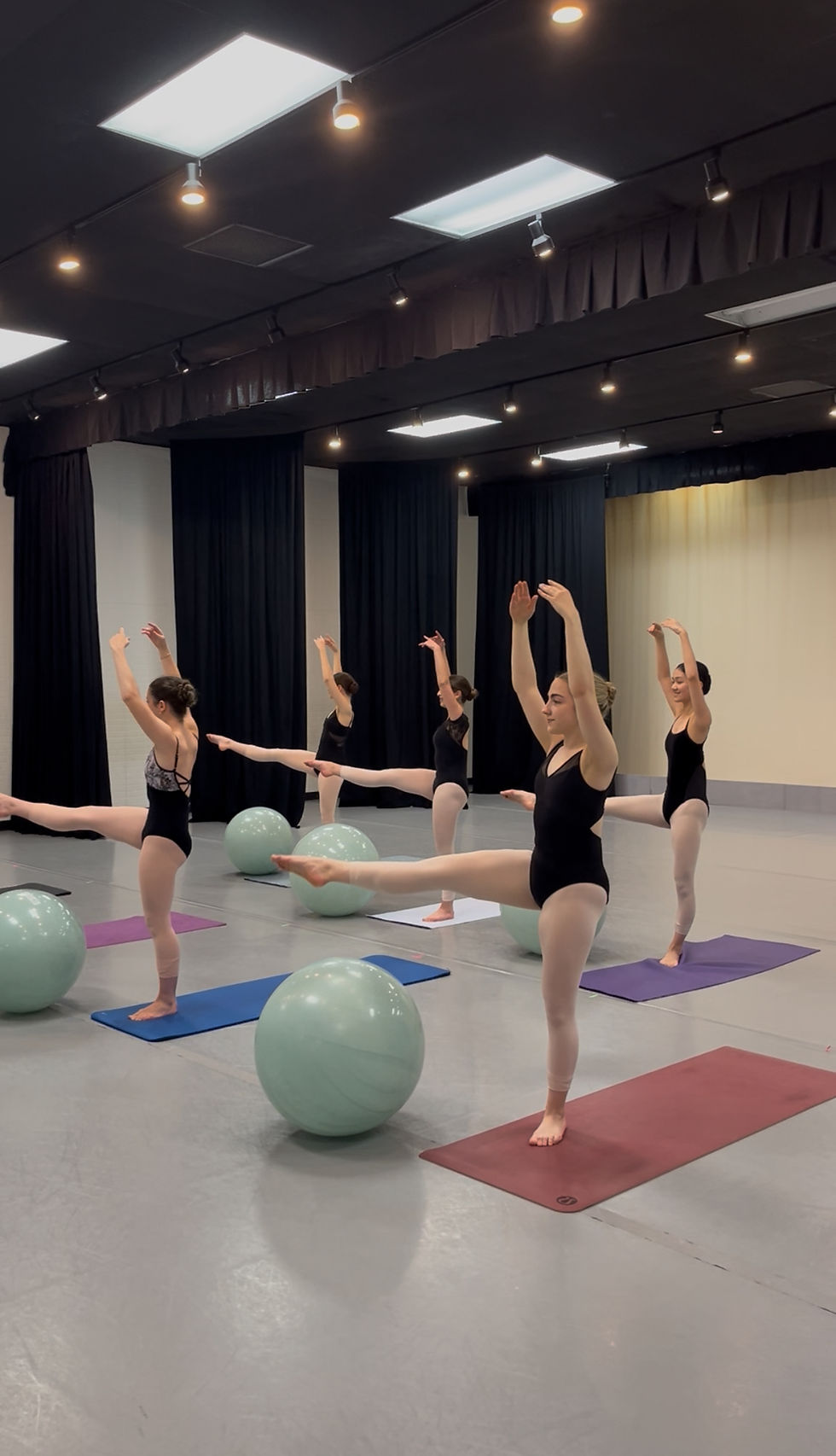Exploring Progressing Ballet Technique and Its Benefits for Enhancing Ballet Training
- balletcnj
- Jun 25
- 3 min read
Ballet isn’t just an art; it’s a discipline that demands physical strength, flexibility, and a solid grasp of technique. As dancers strive to hone their skills, Progressing Ballet Technique (PBT) has become a favored choice for those at all levels, from beginners to professionals. This post will examine what PBT entails and how it can significantly boost ballet training for dancers eager to excel.
What is Progressing Ballet Technique?

Progressing Ballet Technique (PBT) is a conditioning method that focuses on strength building and muscle memory development through ballet-specific exercises. This approach compliments ballet training and is a valuable supplement that supports the technique that students are learning in ballet class.
PBT is also valuable for dancers and athletes in preventing injuries and injury rehabilitation. The program has a strong focus on body alignment, core strength, and weight placement through many different exercises designed to enhance muscle memory, proprioceptive awareness, and dynamic stability. This approach not only boosts performance but ensures that dancers utilize their bodies efficiently during training and performances.
Key Principles of Progressing Ballet Technique
Progressing Ballet Technique stands out due to its unique principles.

1. Muscle Memory and Proprioception
PBT prioritizes the development of muscle memory and proprioception. Muscle memory enables dancers to perform movements accurately, while proprioception aids them in recognizing their body's position in space.
2. Core Stability
In ballet, a strong core is vital. PBT focuses on exercises that fortify core stability, helping dancers execute complex movements and reducing injury risks.

3. Alignment and Weight Placement
Proper alignment and weight placement play critical roles in ballet. PBT provides exercises that help dancers develop awareness in these areas, which leads to smoother and more controlled movements.
4. Individualized Learning Experience
PBT shines in its adaptability. Every dancer has different strengths and needs, and PBT allows instructors to customize exercises accordingly. This personalized approach ensures that each dancer gets the specific guidance they require to refine their technique effectively.
Benefits of Progressing Ballet Technique in Ballet Training
Integrating Progressing Ballet Technique into regular ballet training yields numerous benefits that can significantly enhance dancers' skills and performances.

1. Improved Technique
One of the most prominent advantages of PBT is improved technique. Dancers who focus on muscle memory, alignment, and core stability often see remarkable enhancements in their accuracy and fluidity.
2. Enhanced Strength and Flexibility
Consistent practice of PBT exercises not only builds essential strength but also improves flexibility. Enhanced strength aids in performing intricate ballet movements with ease. As a result, students often find they can extend their legs higher and hold their positions longer.

3. Injury Prevention
By understanding body mechanics and fostering core stability through PBT, dancers can reduce the risk of common injuries. Statistics reveal that conscientious training methods can lower the incidence of injuries in ballet by about 60%.
4. Confidence Boost
Dancers frequently report a significant confidence increase and sense of accomplishment as they make measurable progress with PBT.
5. Cross-Training Benefits
While PBT is tailored primarily for ballet, many principles are applicable in other dance forms or activities. Dancers can see improvements in styles such as contemporary or jazz, enhancing their overall skill set.
How to Incorporate PBT into Your Ballet Training
At BalletCNJ, we offer our PBT focused conditioning classes once per week for ages 10-18. For more information on our programs, or to schedule a Trial Class, contact us at info@balletcnj.org | (609) 249-4066.
Final Thoughts
Progressing Ballet Technique offers a systematic approach to strengthening a dancer's performance while addressing the physical needs of modern artists. By grasping its principles and integrating them into your training routine, you can improve your technique, strength, flexibility, and, most importantly, your passion for ballet.




Comments